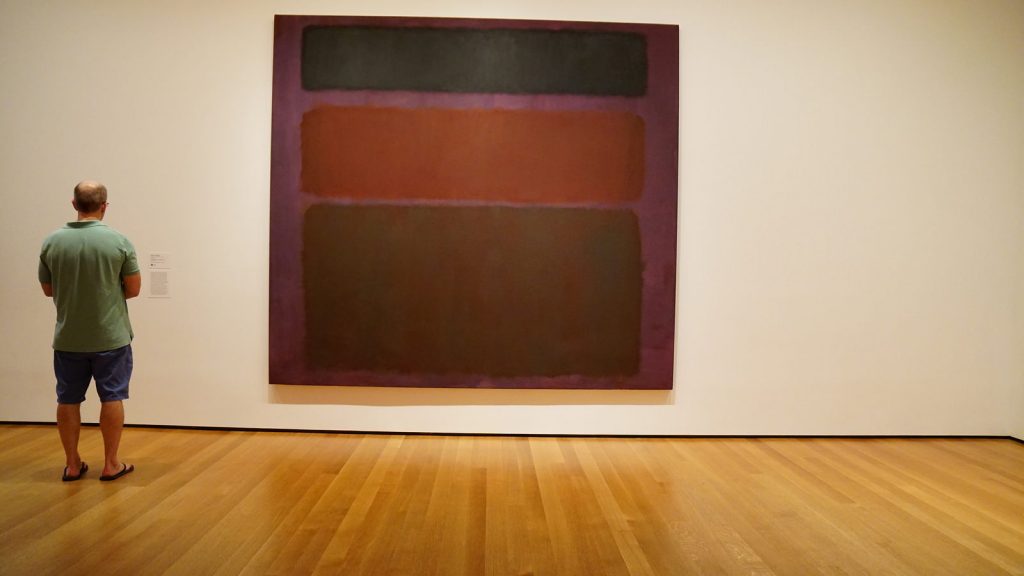
During my interview with Professor Miwon Kwon, contemporary arts chair at UCLA, we discussed some interesting views about art history and how this discipline has changed throughout the latter half of the 20th century, and what it has become today.
In the 1960s, art history was viewed as an elite discipline that typically used a European canon; modern art, Greek sculpture, Italian Renaissance paintings…etc. With other arts from different cultures, there would just be one person in the entire faculty, teaching the general topic of “Asian arts”.
But since the 1970s, art history departments in the world’s best universities began to push against the definition of what art history is. The idea of art history started to become a subject pursued by mavericks and people who think or see the world differently. There was an increased push for global coverage to other parts of the world beyond Europe.
Professor Kwon claimed that the category of contemporary art was added to the mix that traditional programs may not have included. UCLA was one of the universities during the 70s, that was very ahead of the curve on the transformation of art history, setting the precedents for learning and teaching global and contemporary art. This was partly because UCLA is situated on the west coast, with much less of a burden on tradition than schools in the east coast. The department was therefore more daring in teaching more progressive topics with younger faculty members.
Professor Kwon herself was one of the first chairs for contemporary art in the country during the 1990s, at a time when many still did not think “contemporary” works had enough value to be labeled as part of “history” yet. Contemporary arts was not really considered a realm of academic scholarship, and was still quite controversial amongst professors and scholars. It was also a very difficult subject to teach because there were rarely any published works on contemporary art, so referenced photographs would have had to be copied using xeroxes for every student. Professor Kwon recalled that she had to present images, shoot 35 millimeter slides, and make xeroxes of contemporary works every day to teach at UCLA, where there was still hardly any textbooks out there. Syllabuses also had to be created out of scratch.
Nowadays, more schools would prioritize contemporary coverage over traditional categories such as sculptures and paintings. In fact, there is an increased search for 18th and 19th century art historians in schools, which was the opposite situation during the early 20th century, where there was an abundance of information on European topics.
It evident now, how art history was once a rather strict discipline, that was quite limited to a certain group of people interested in European arts. The ideal image of art history would have also been Greek sculptures, Van Gogh’s painting, or Michelangelo’s God and Adam. But now, it is a flexible and malleable discipline that is striving to become more inclusive of various perspectives of art, taught from a more diverse standpoint. This encompasses art categorized chronologically (e.g. contemporary, post modern art), materially (e.g. photography, multimedia, installations) and geographical (e.g. Chinese art, African art), or both (i.e. contemporary Indian art). Speaking of art history in the modern day, would actually lead us to think about people like Rothko, Jeff Koons…etc. We are becoming more and more perceptive and absorbent towards the world around us through art and it is enlightening to see how the arts changes, as well as how people’s interpretations of the boundaries of art is still evolving.

